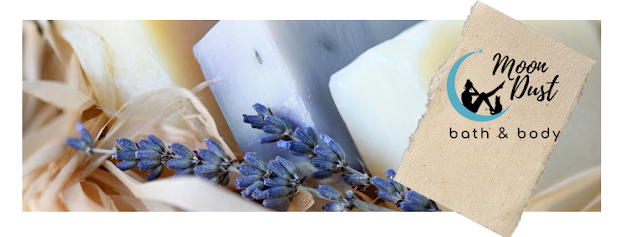Castor oil comes from the castor plant, Ricinus communis, which commonly grows in tropical regions. It is a thick, viscous liquid with a slight distinctive smell. It acts similar to glycerin, drawing moisture to the skin. Before I started researching Castor oil, the only thing I thought it was good for was a nasty substance that grandma would threaten us with if weren't good. Apparently, its usefullness go far beyond that.
Castor oil has been around for a very long time, and has been widely used for medicinal purposes in its native lands. It is one of the first vegetable oils to be used for industrial purposes because of its high viscosity and lubricating property. In fact, the automotive lubricant company Castrol derives its name from castor oil.
Now the important thing, why do we use it in cosmetics? It is beneficial for delicate facial skin. It can be an effective emollient for dry skin and can even help to detoxify and cleanse skin. Castor oil is believed to help break up oils on the face that clog glands and pores. Castor Oil is also believed to contain undercylenic acid, which can help to disinfect the skin and even kill bacteria that causes skin conditions such as acne.
The lymph vessels that form a wide network all over the body collect waste from the tissues and carry it to the blood for elimination. Congestion in these vessels and accumulation of toxic wastes is implicated in many autoimmune diseases like arthritis which causes pain and inflammation in the joints. Castor oil eases up the congestion and gets the lymph moving freely.
Ingredients:
Botanical Name: Ricinus communis (Castor) Seed Oil
Common Name: Castor Oil


Comments
Post a Comment